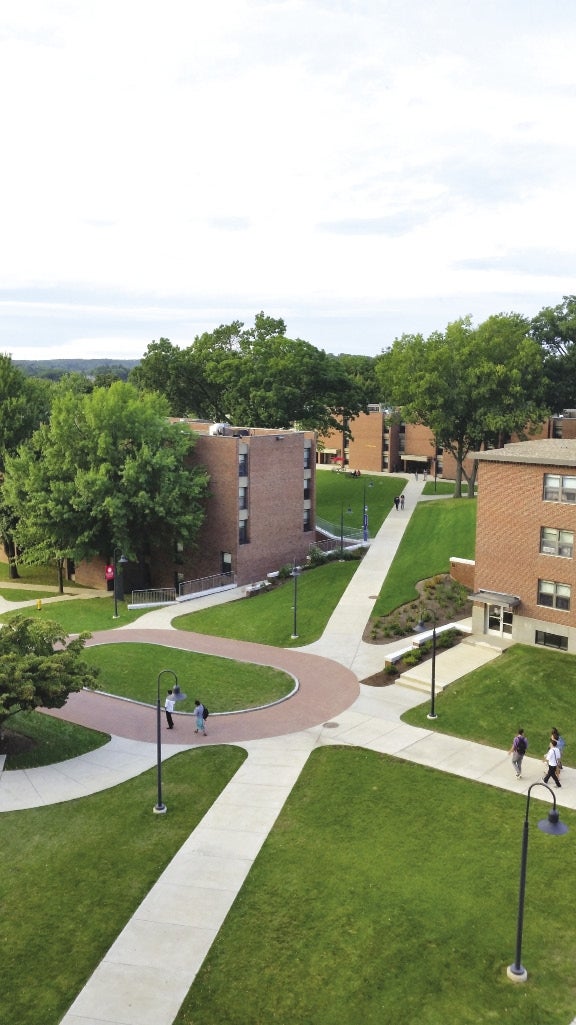While the recession brought professionals back to school to continue their education in droves, a rosier economic picture has diminished the swell somewhat. But the recession had lasting impacts on higher education in particular. Emphasis on affordability, flexibility and value suggests the ball is in the student’s court. Here’s how the industry will cater to its prospects in 2016.
Innovation in recruiting, programming
Colleges and universities that were once strictly regional are casting a wider net, recruiting well beyond New England limits. In 2016, UMass Medical School will admit out-of-state students for the first time. Programs are becoming more flexible in general, allowing for distance education, more transfers from school to school, and increased part-time options.
Workforce preparation
The Patrick Administration was methodical about creating community college and vocational school programs that prepare middle-skills workers for jobs that require more than a diploma but less than a bachelor’s degree, and the Baker Administration so far has taken a similar approach. Programs connecting high school and college students to high-demand industries continue to roll out.
Continued emphasis on affordability
Tuition freezes have been popular in recent history and will likely continue. The University of Massachusetts system is getting the squeeze from the legislature and Gov. Charlie Baker to roll back a 5-percent tuition and curriculum fee hike approved by trustees in June. Locally, a group of Central Mass. colleges banded together in March to offer four-year degrees to students for a maximum of $30,000.
Top education stories of 2015
Mount Wachusett leads healthcare diversity project
MWCC, Clark form transfer-student agreement
Four years of higher education in Central Mass. for $30K

